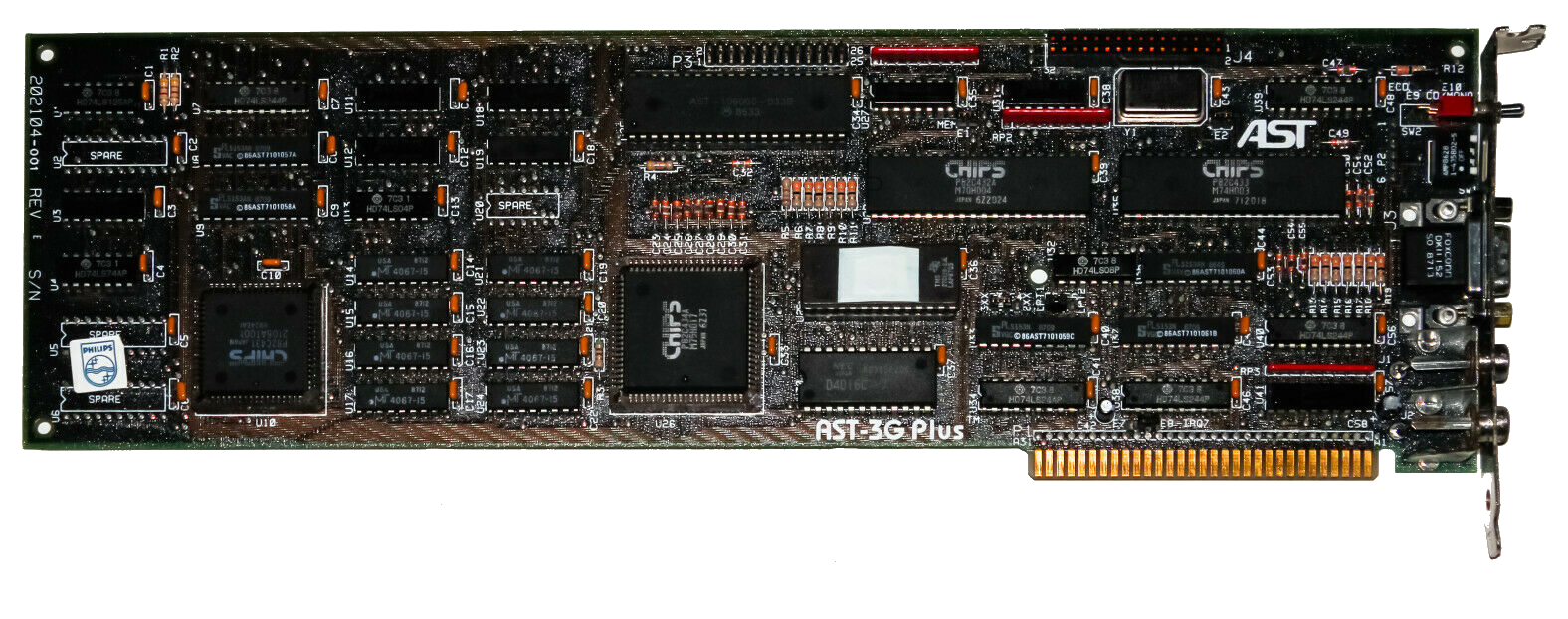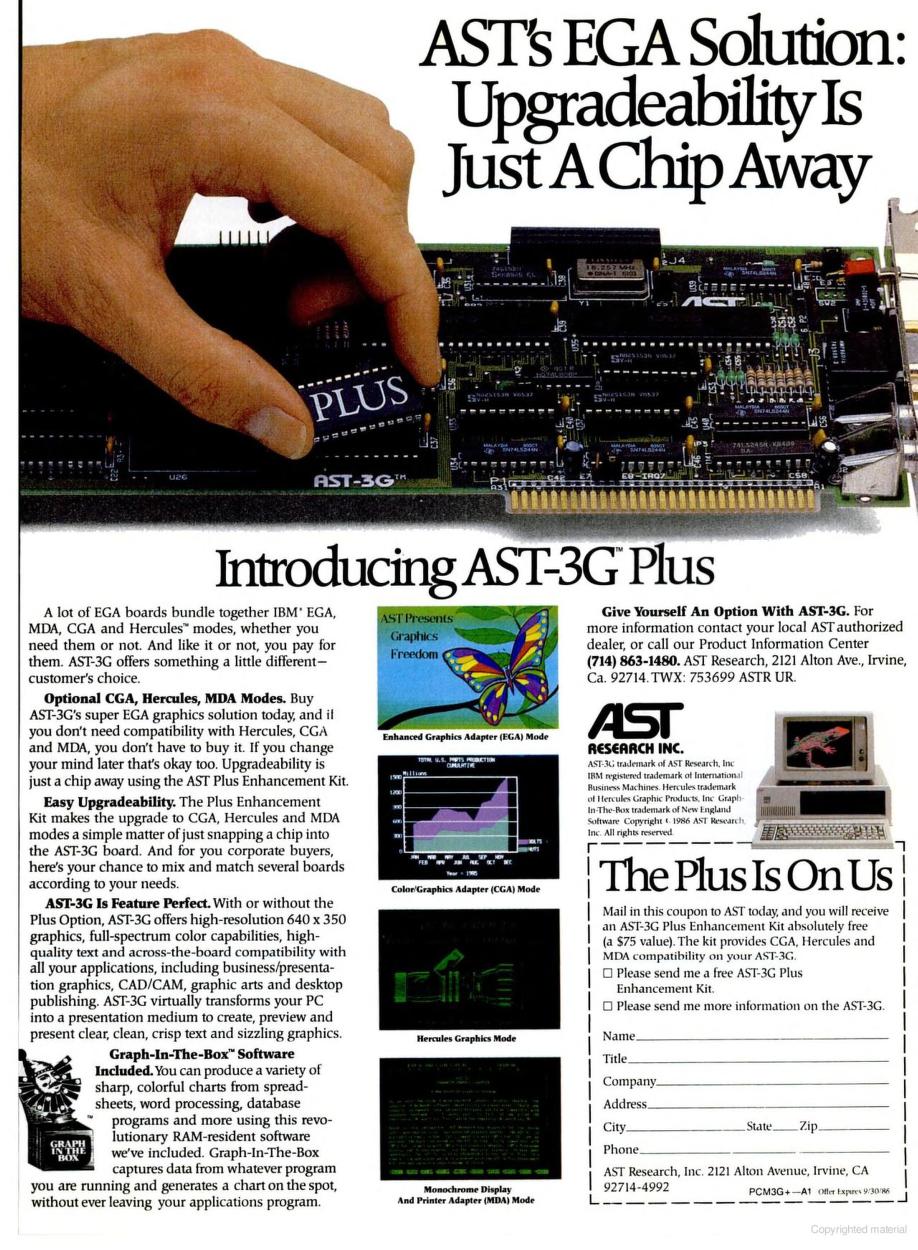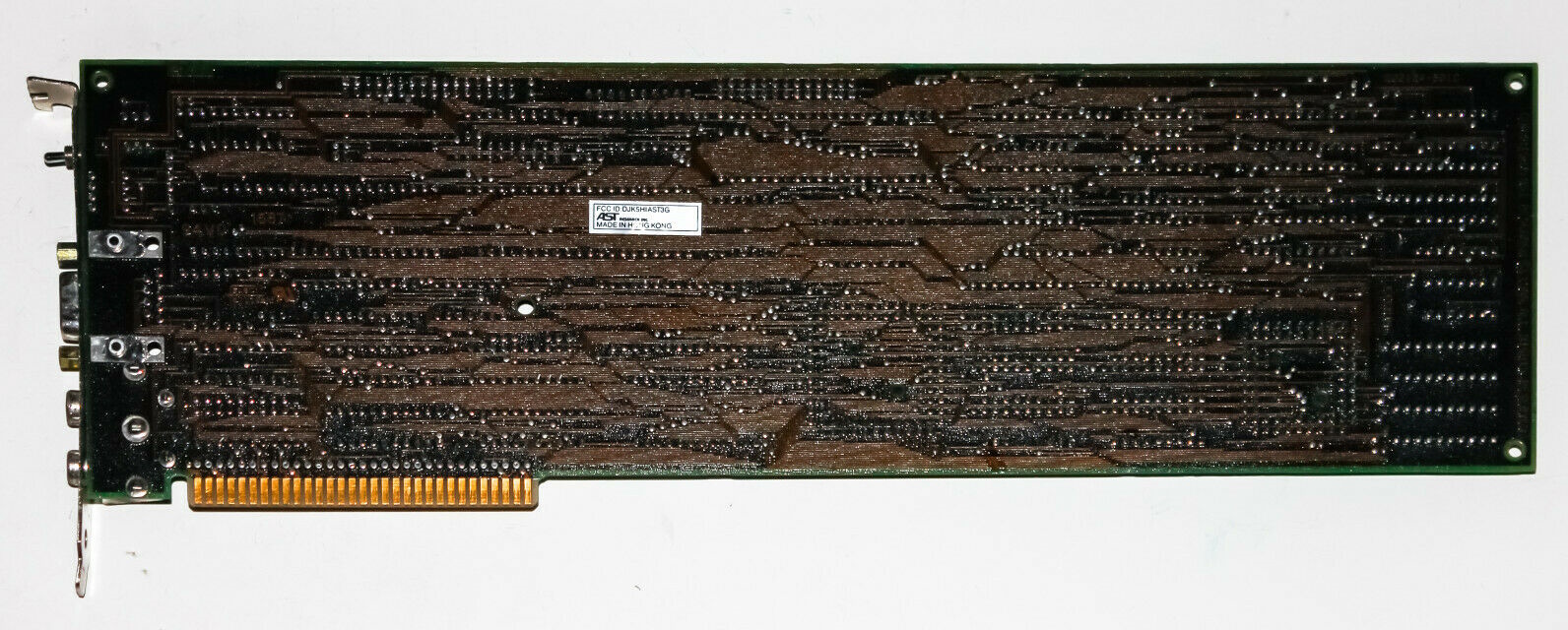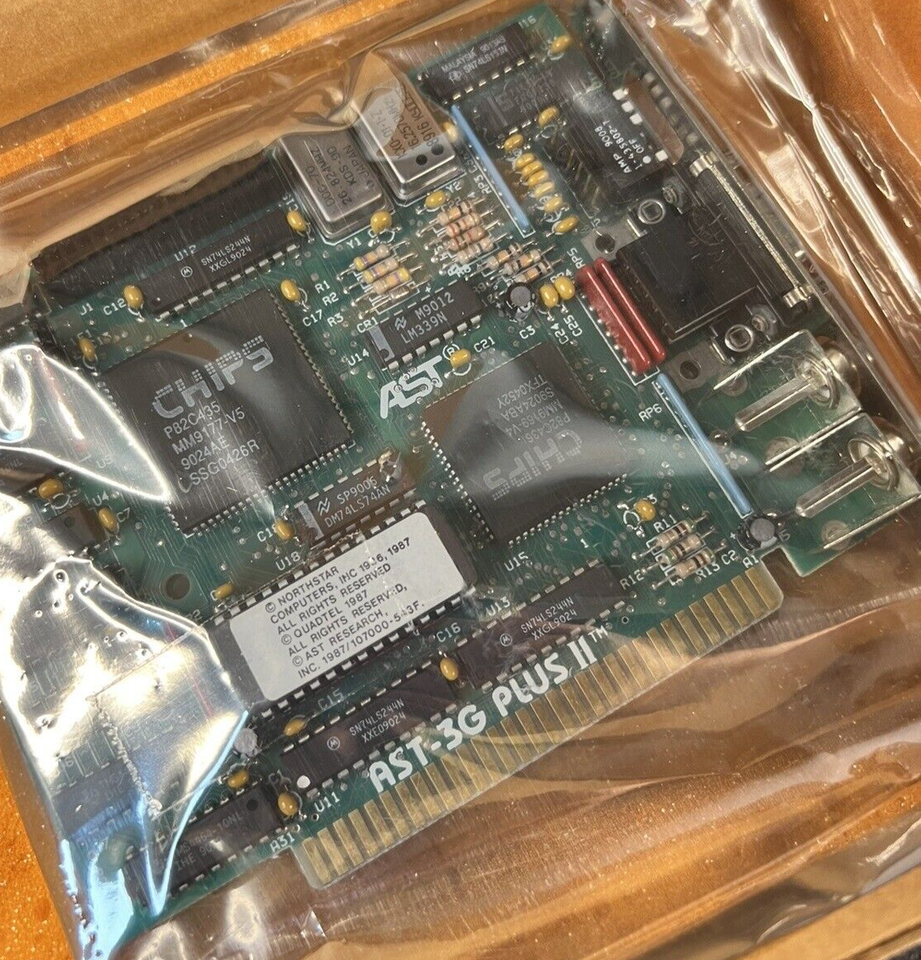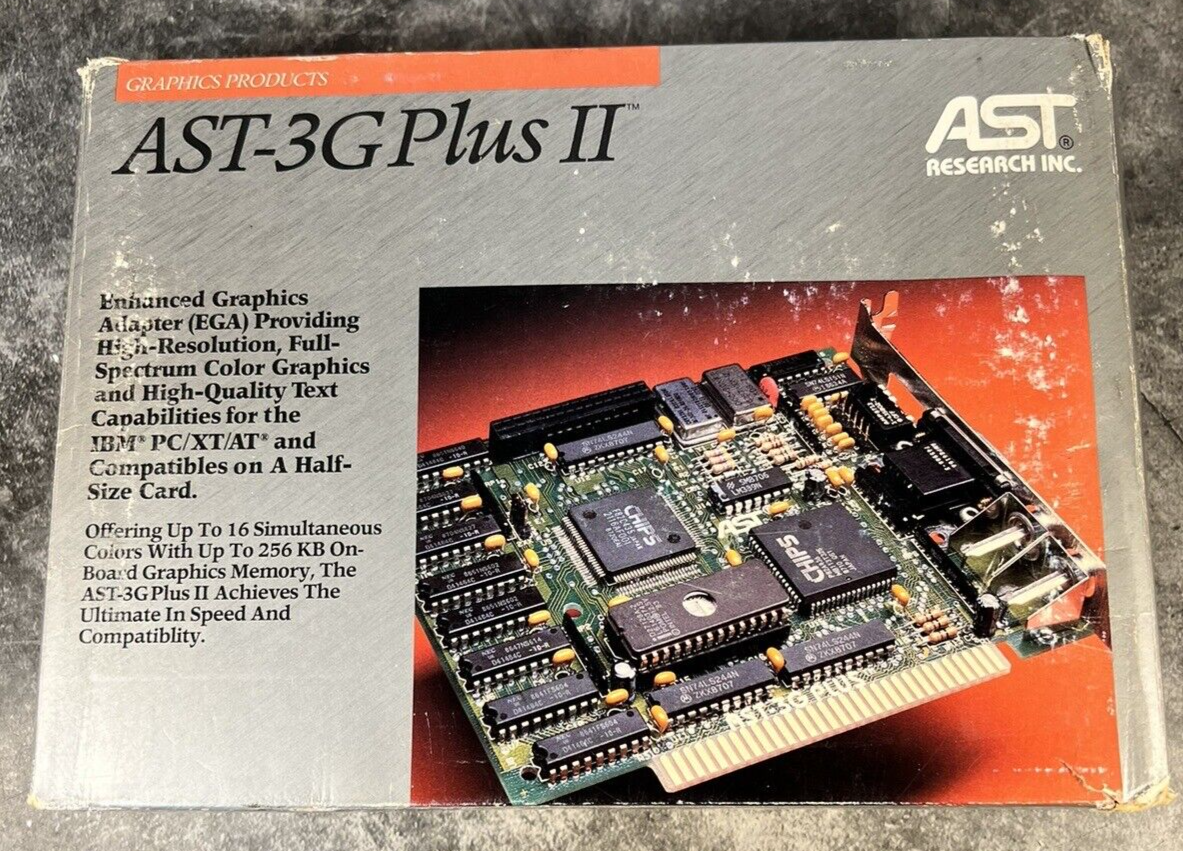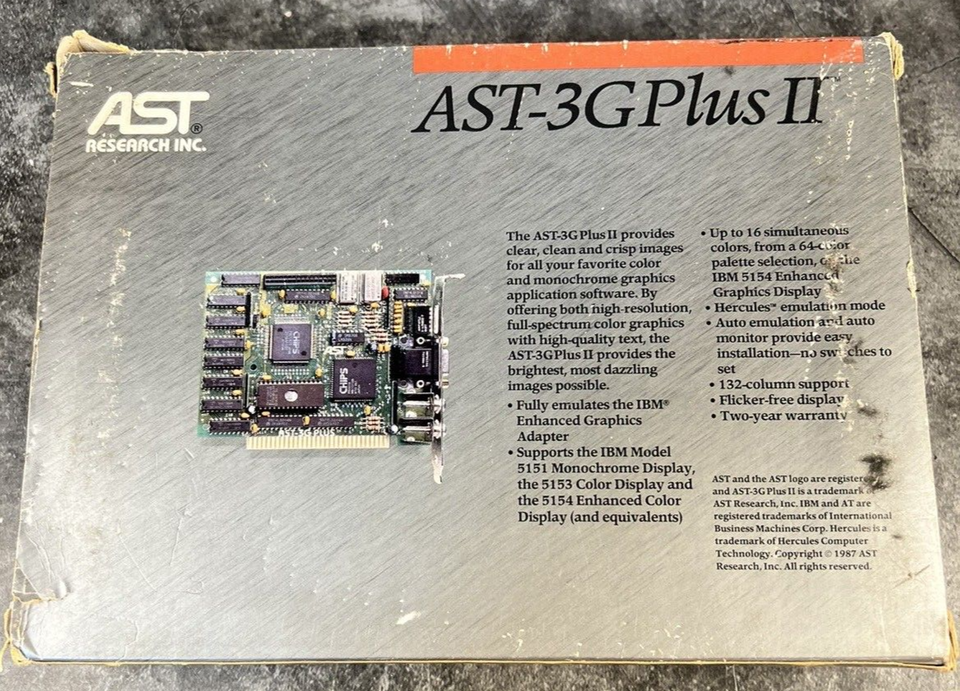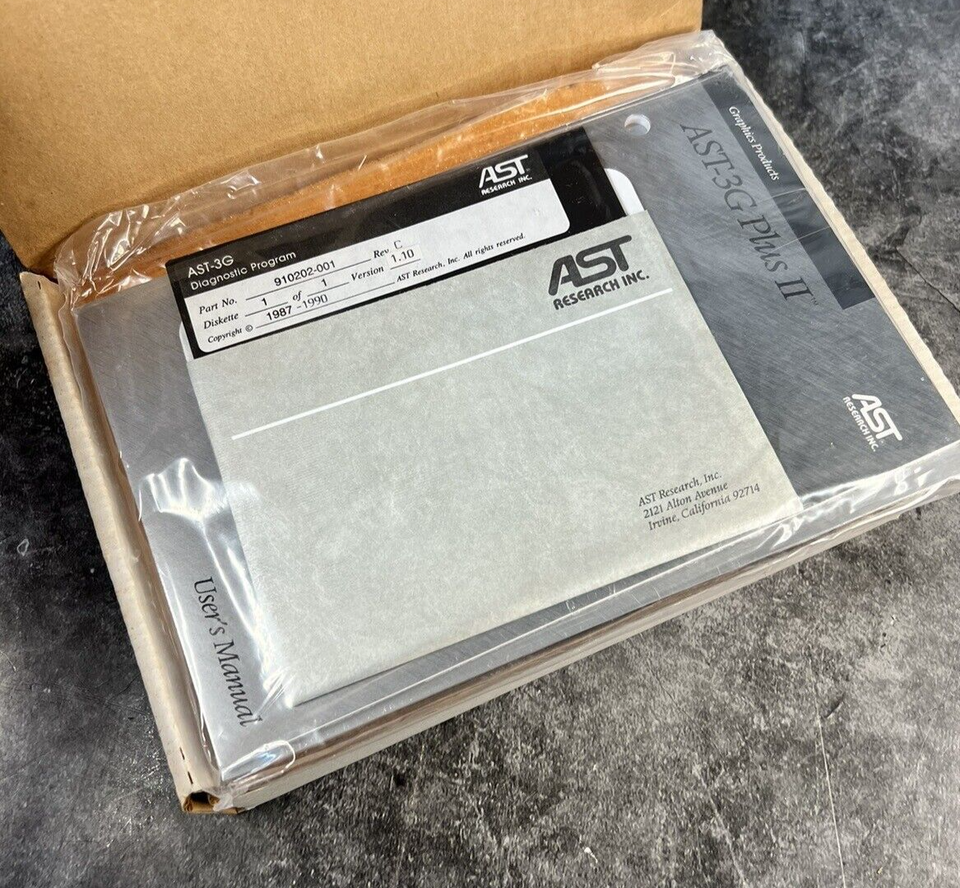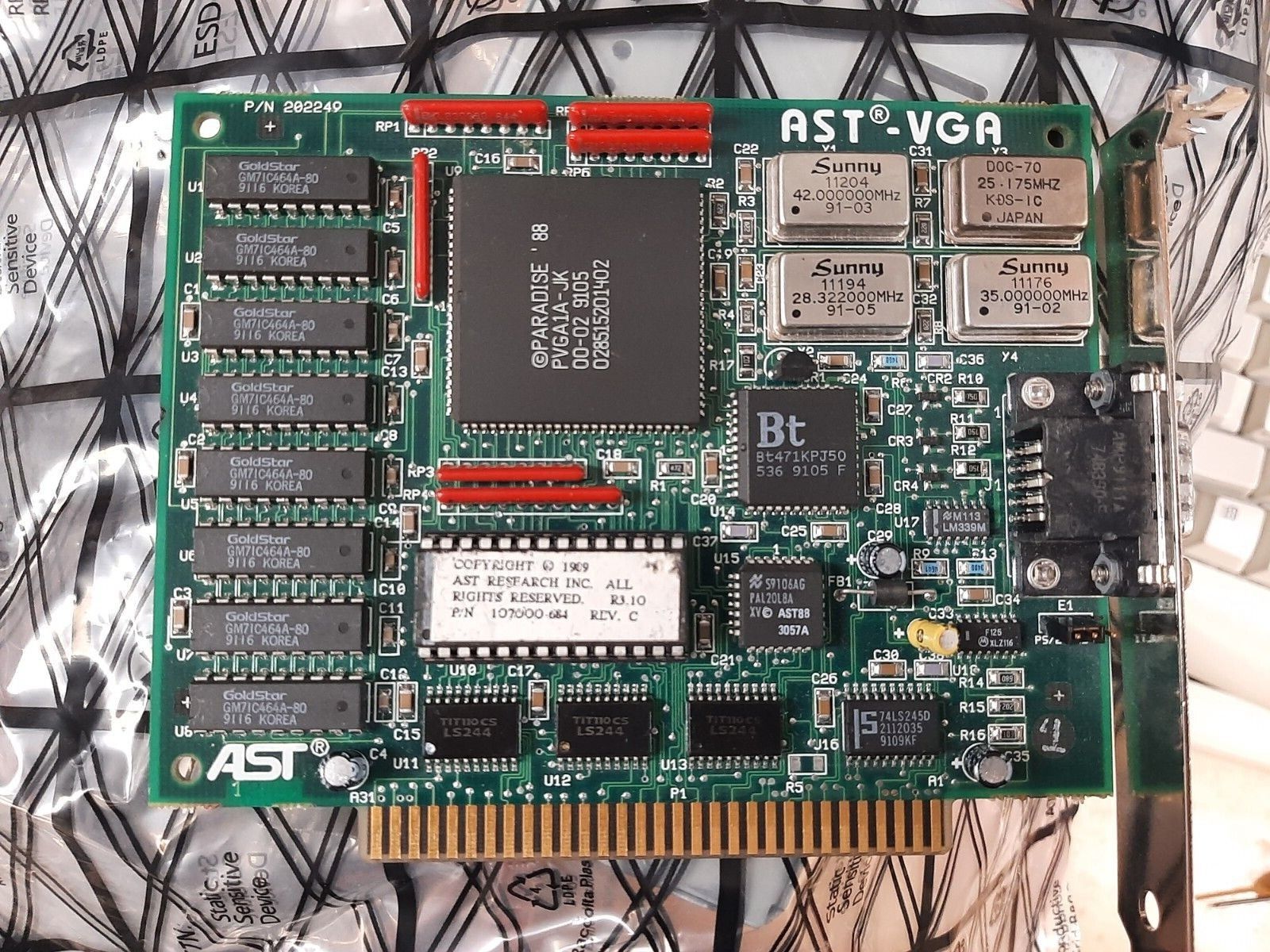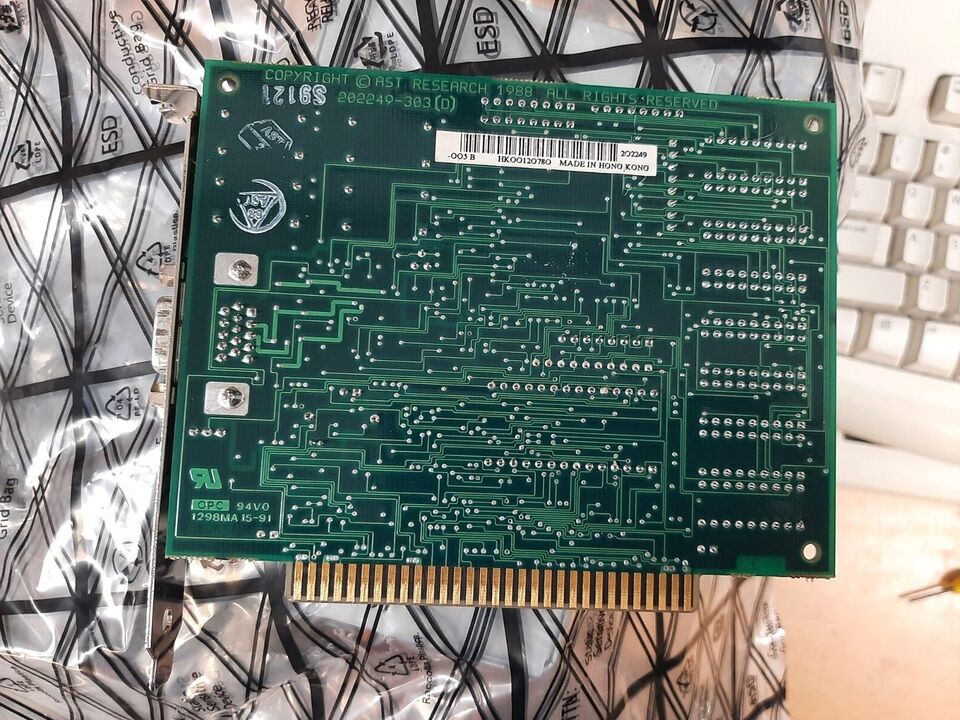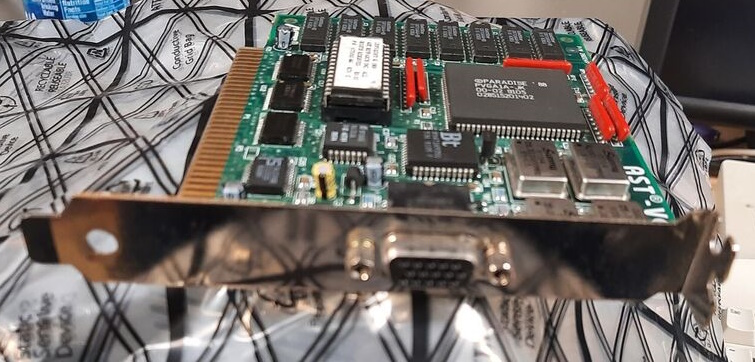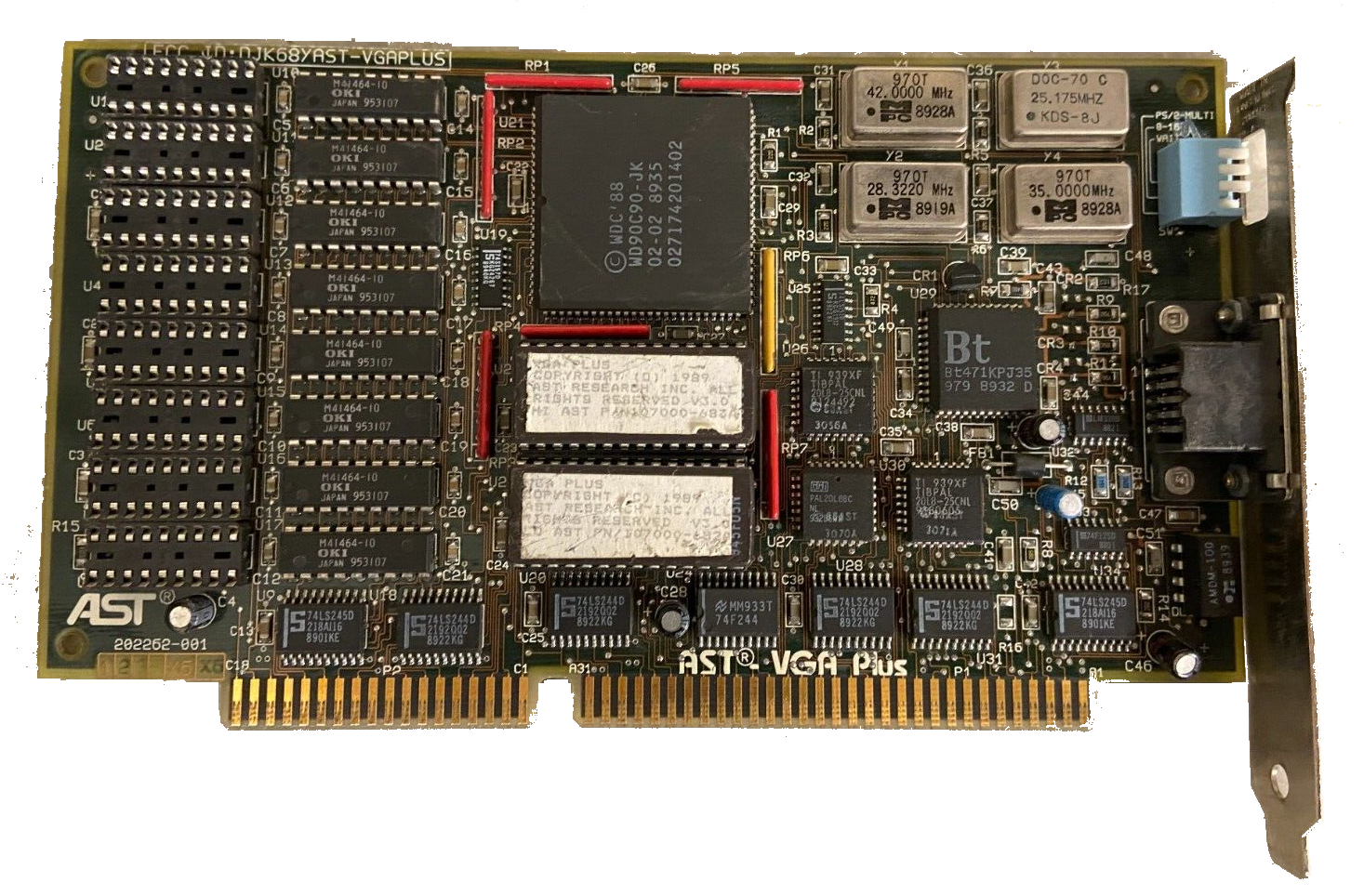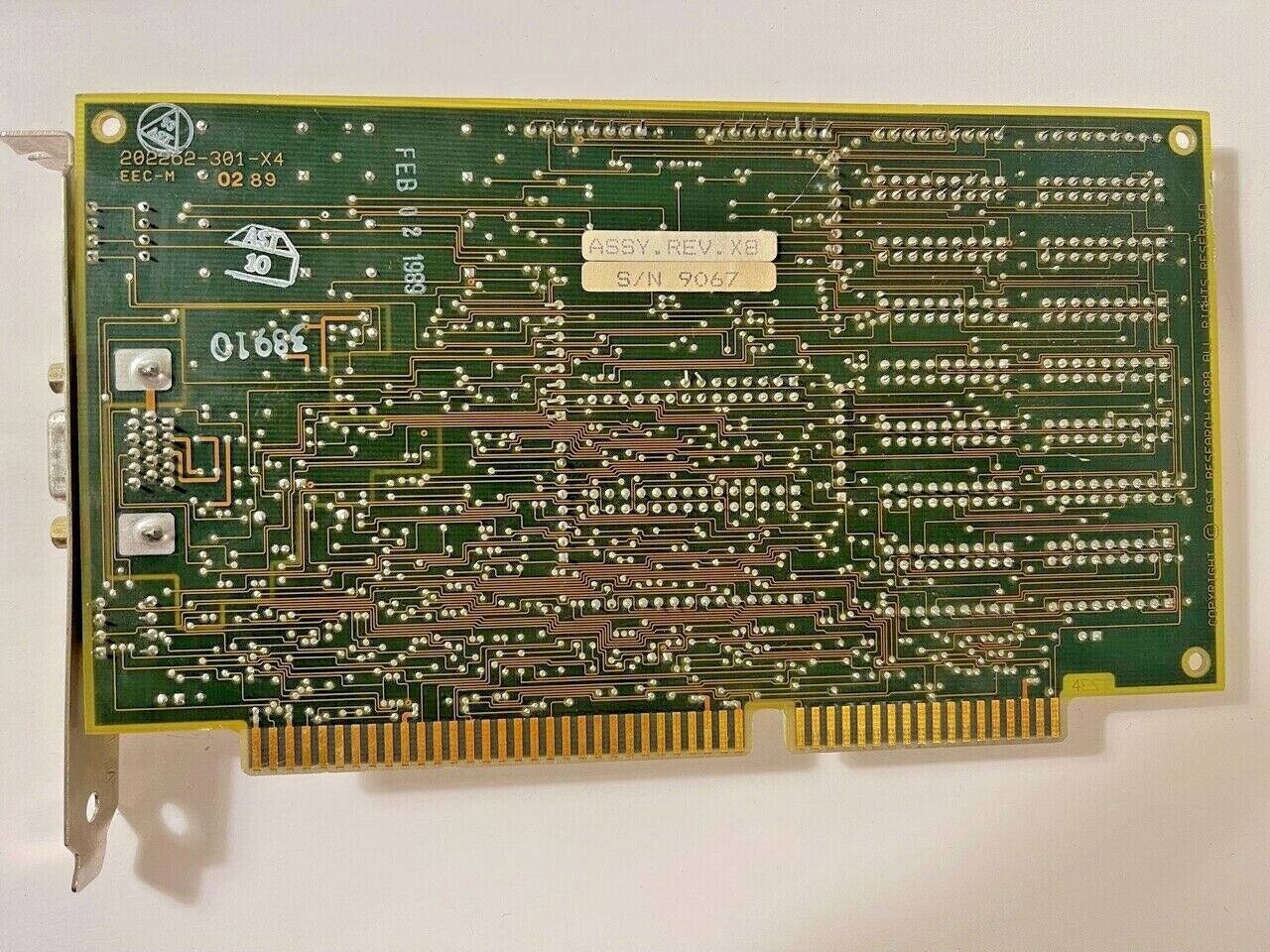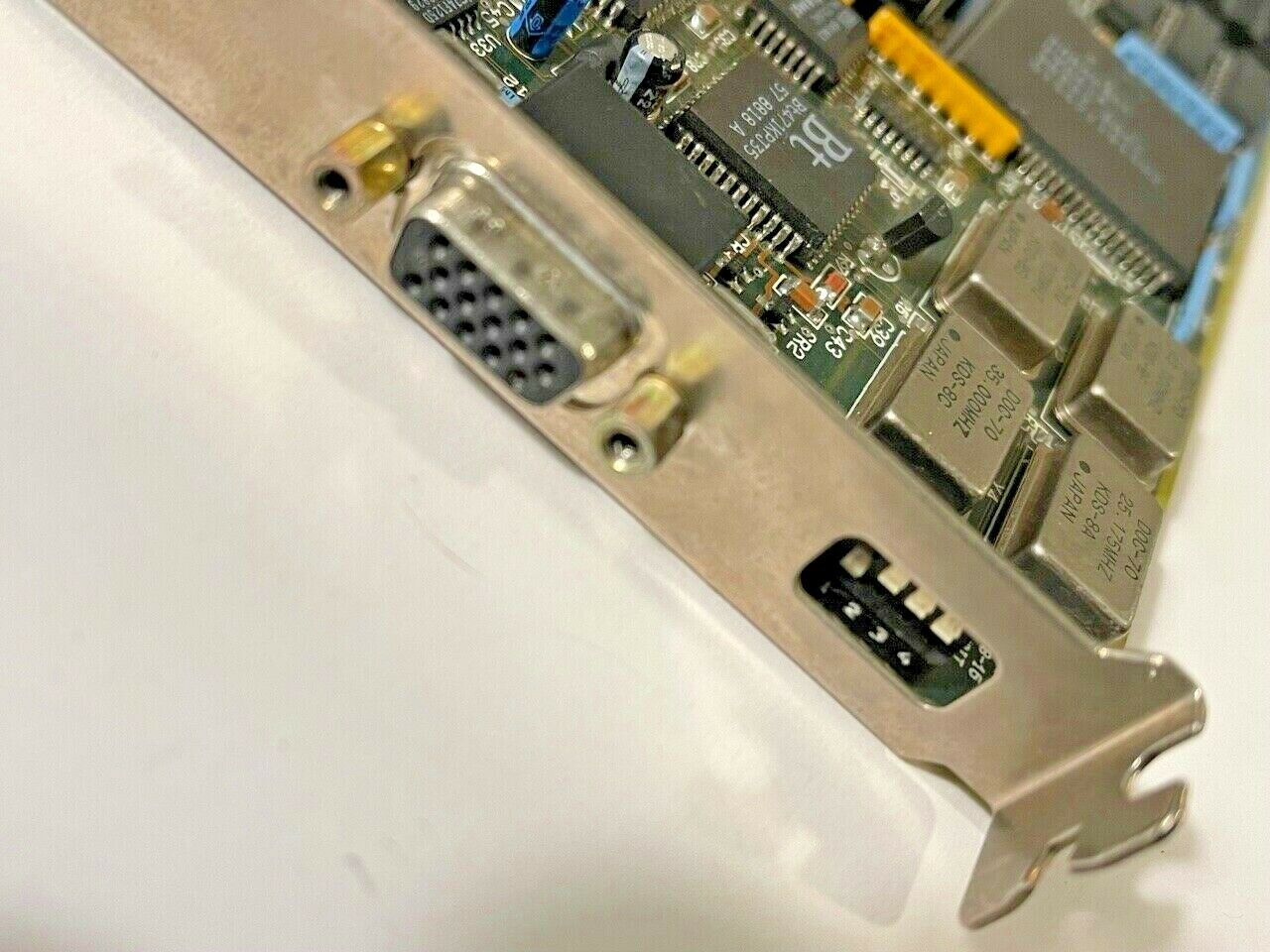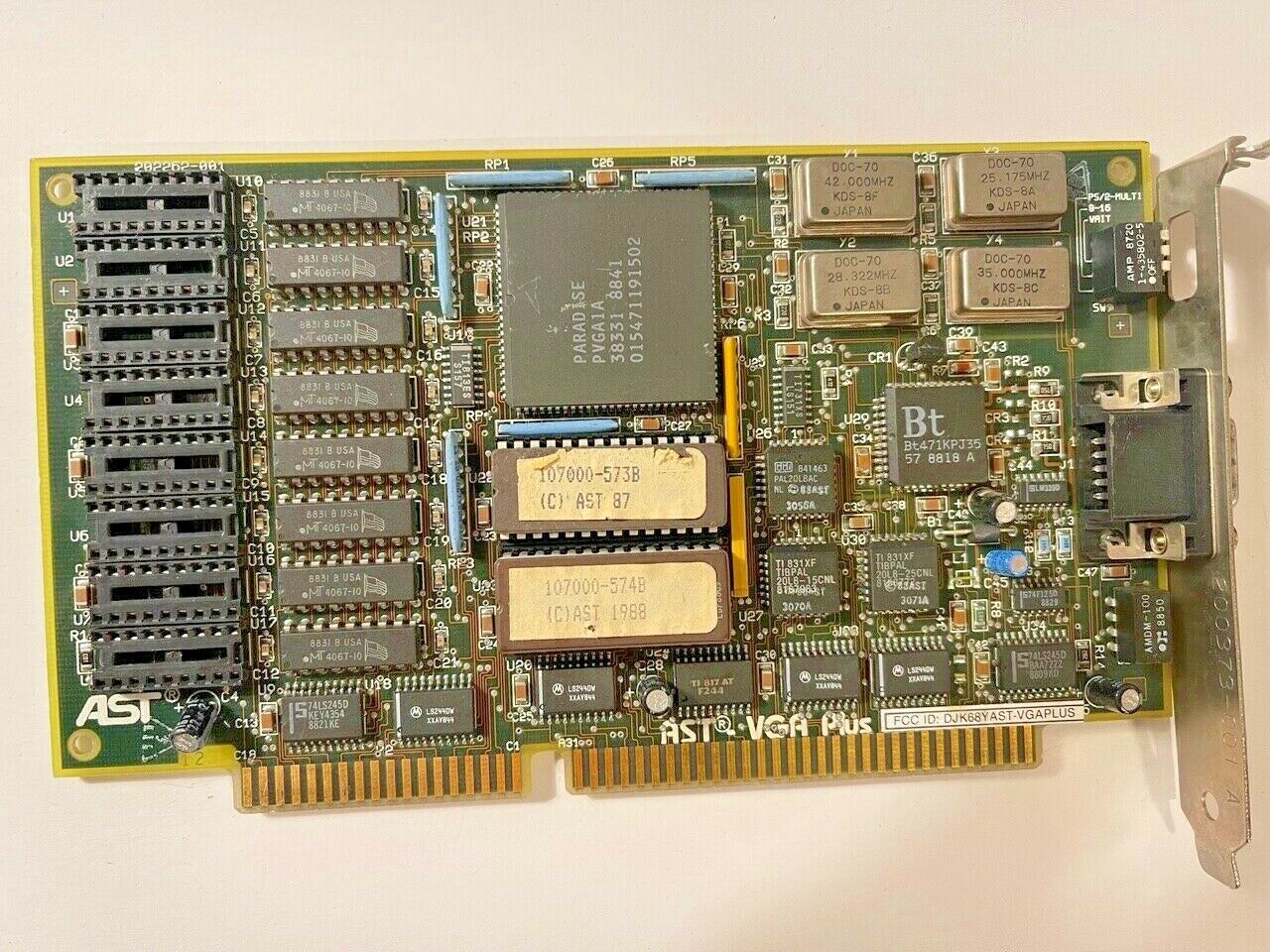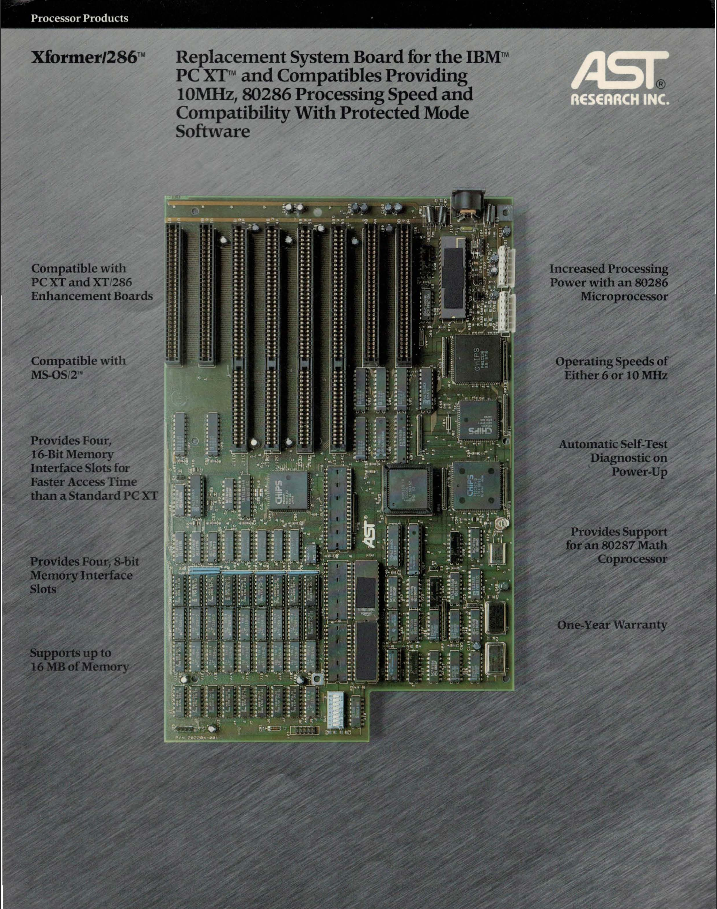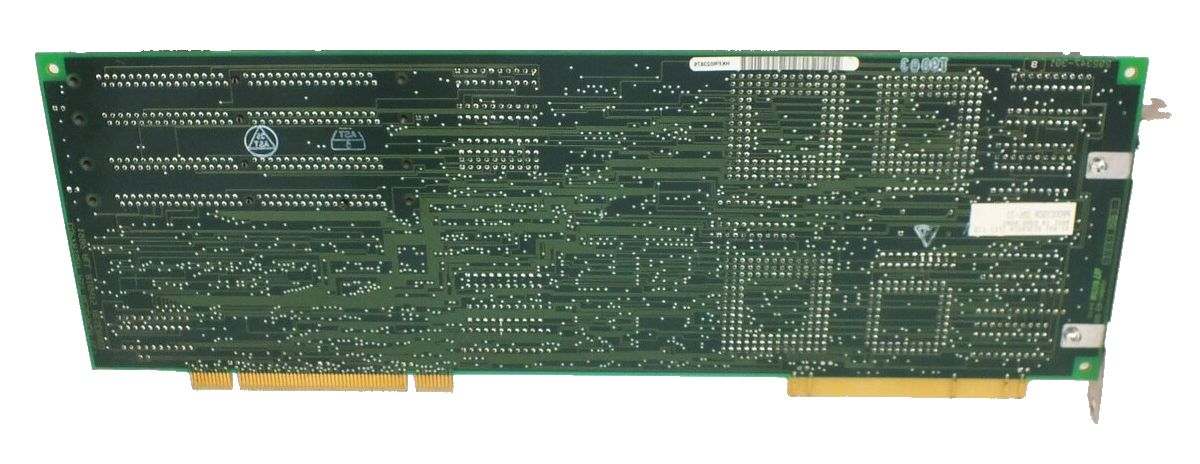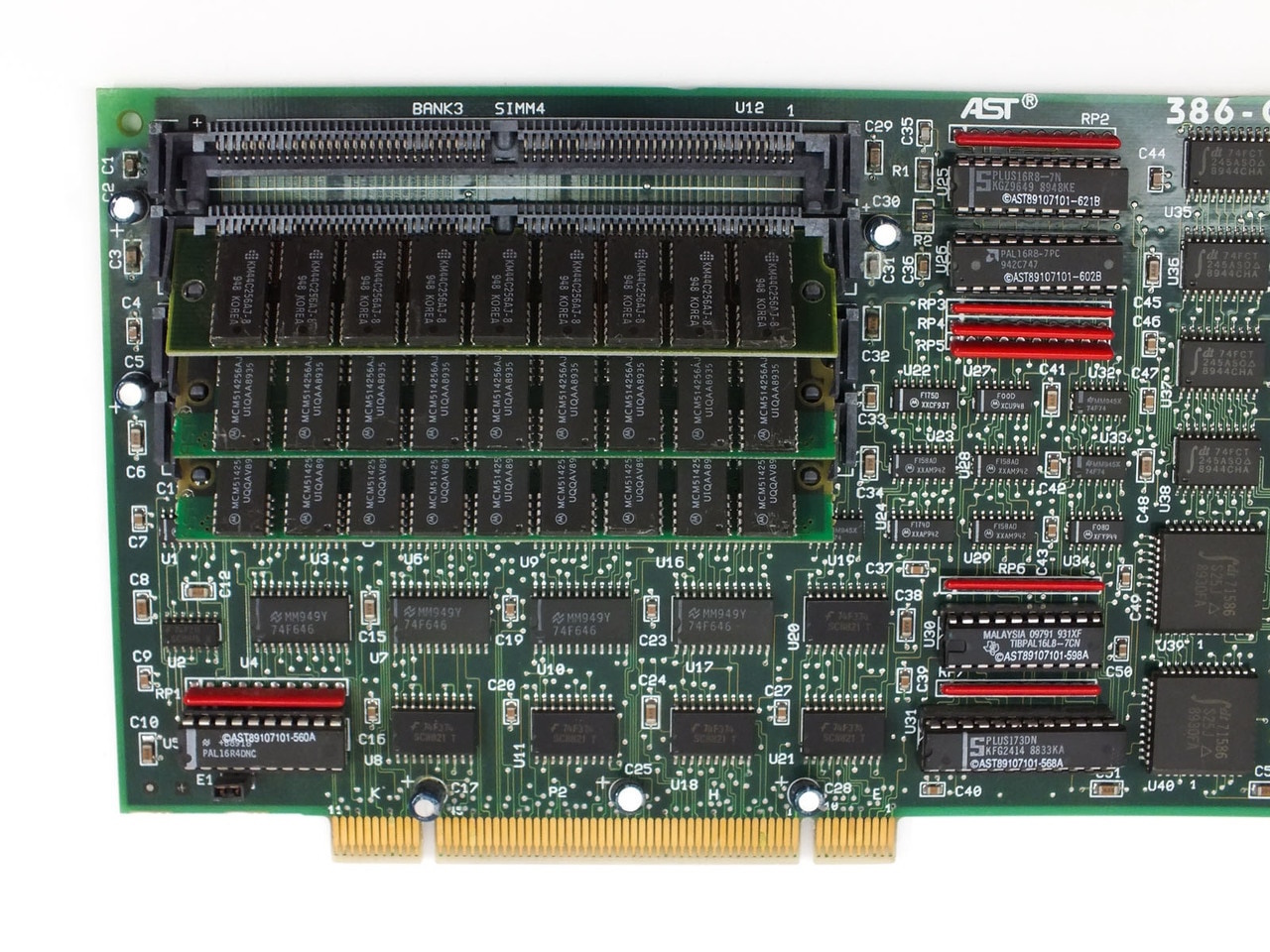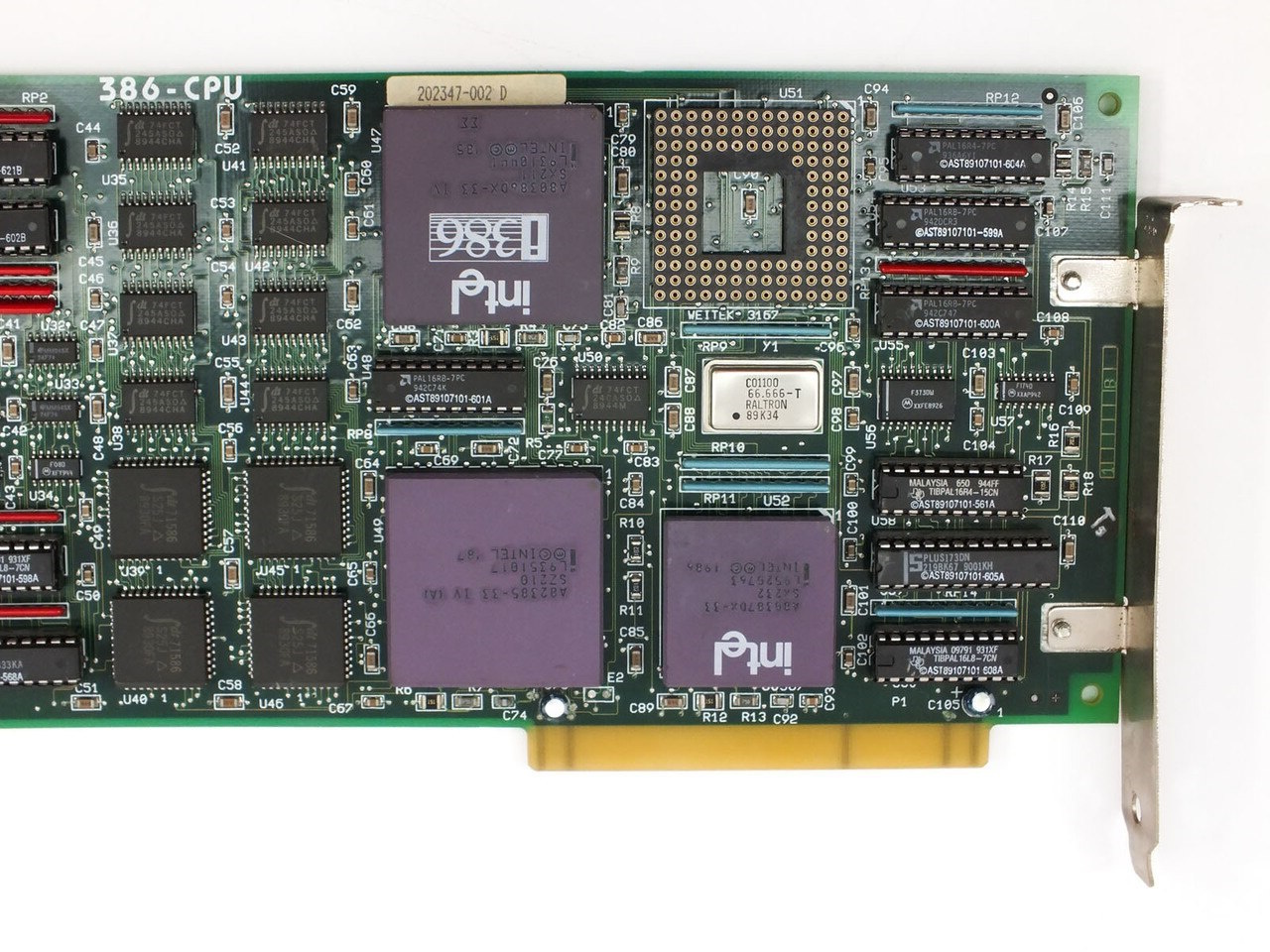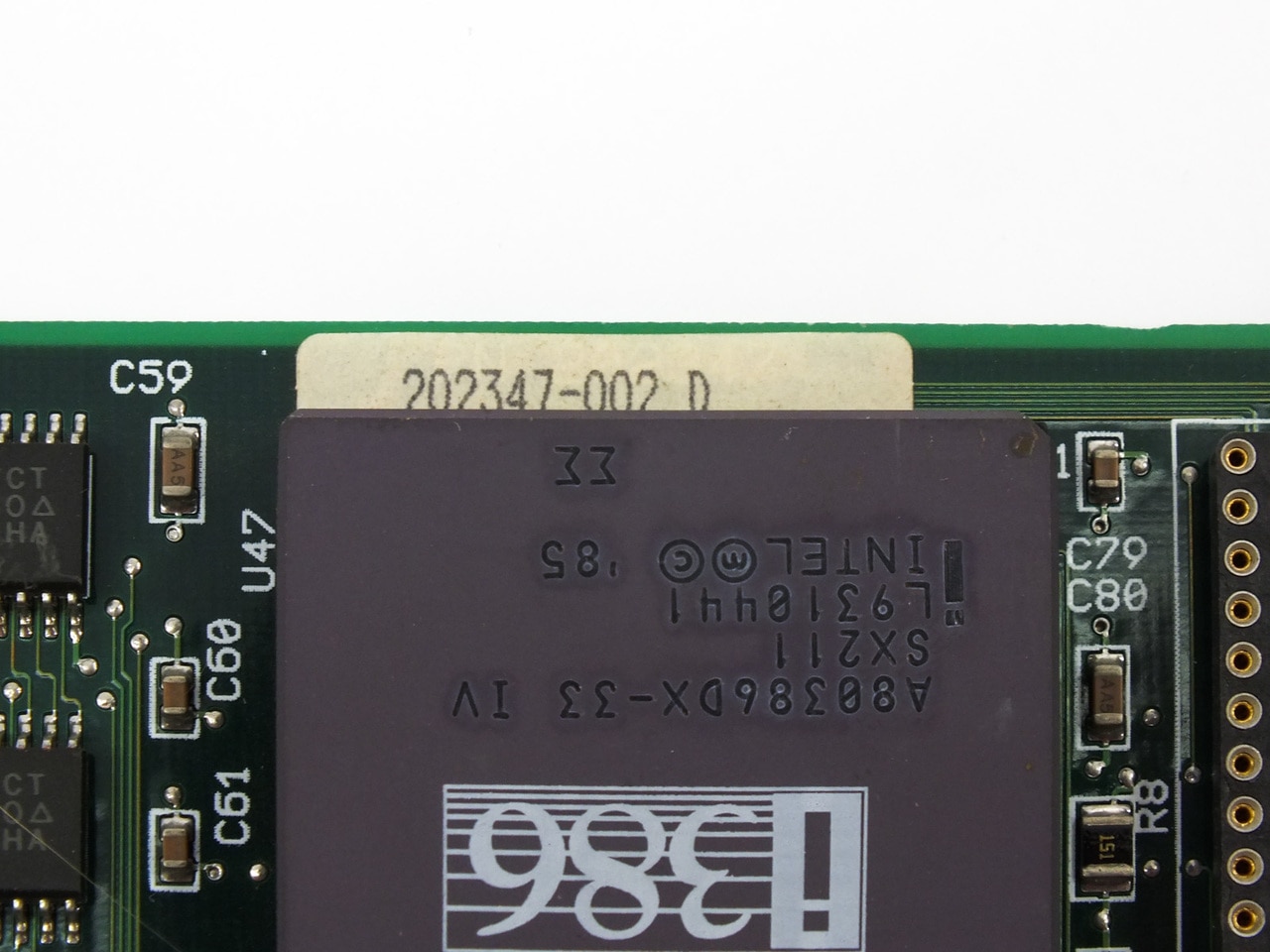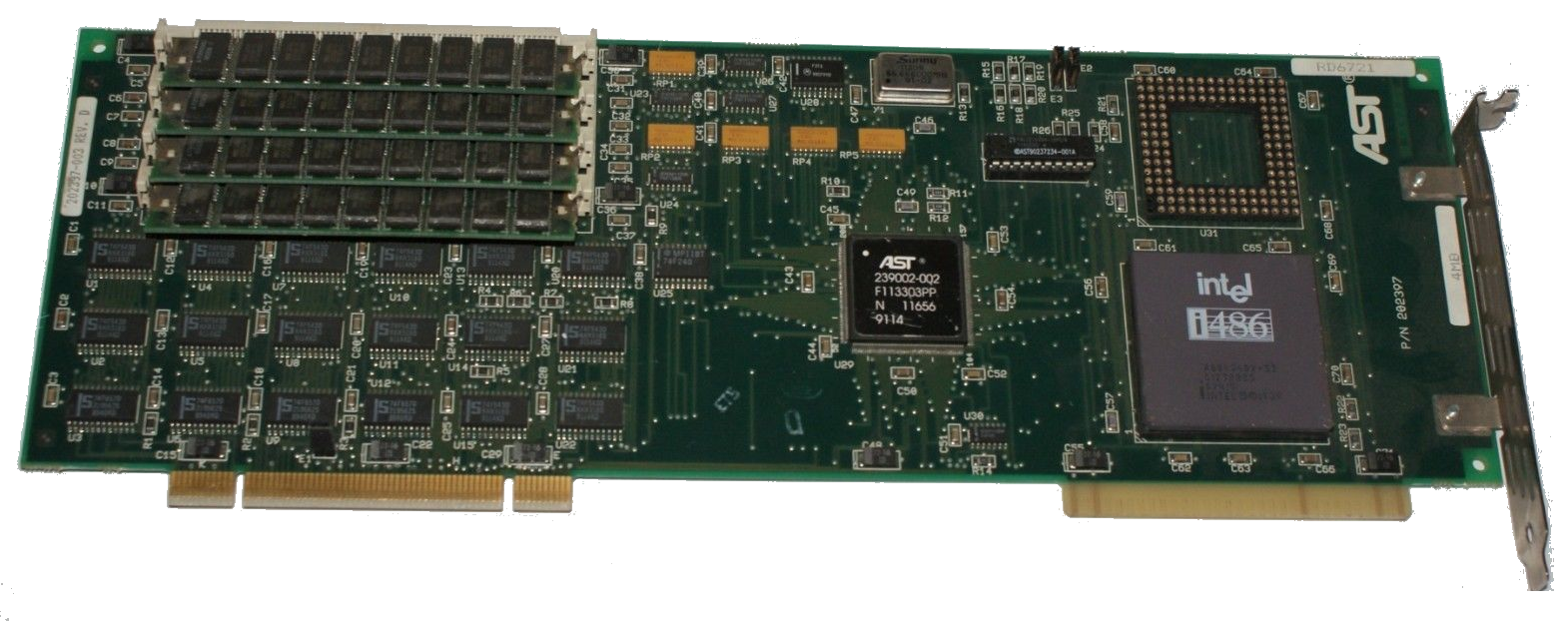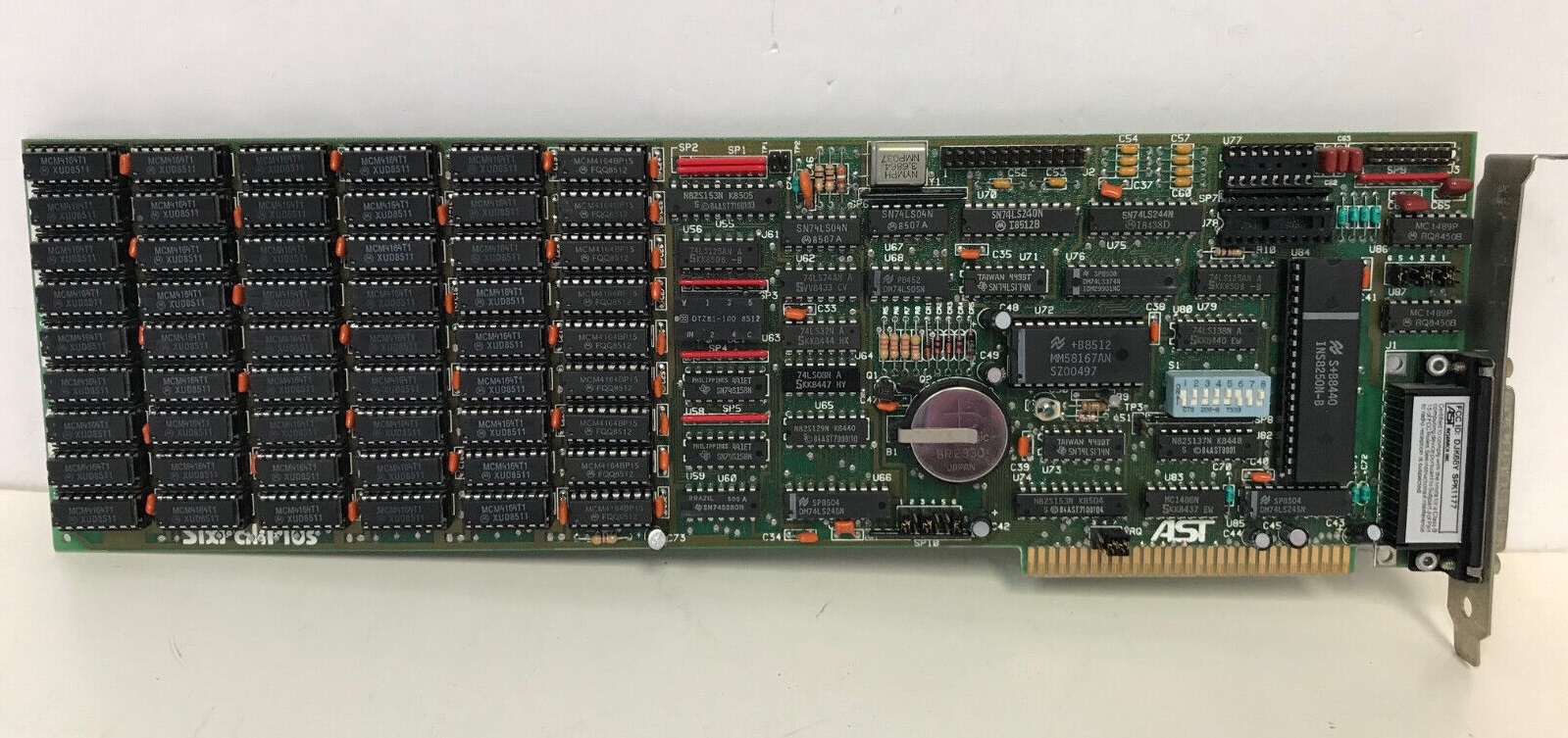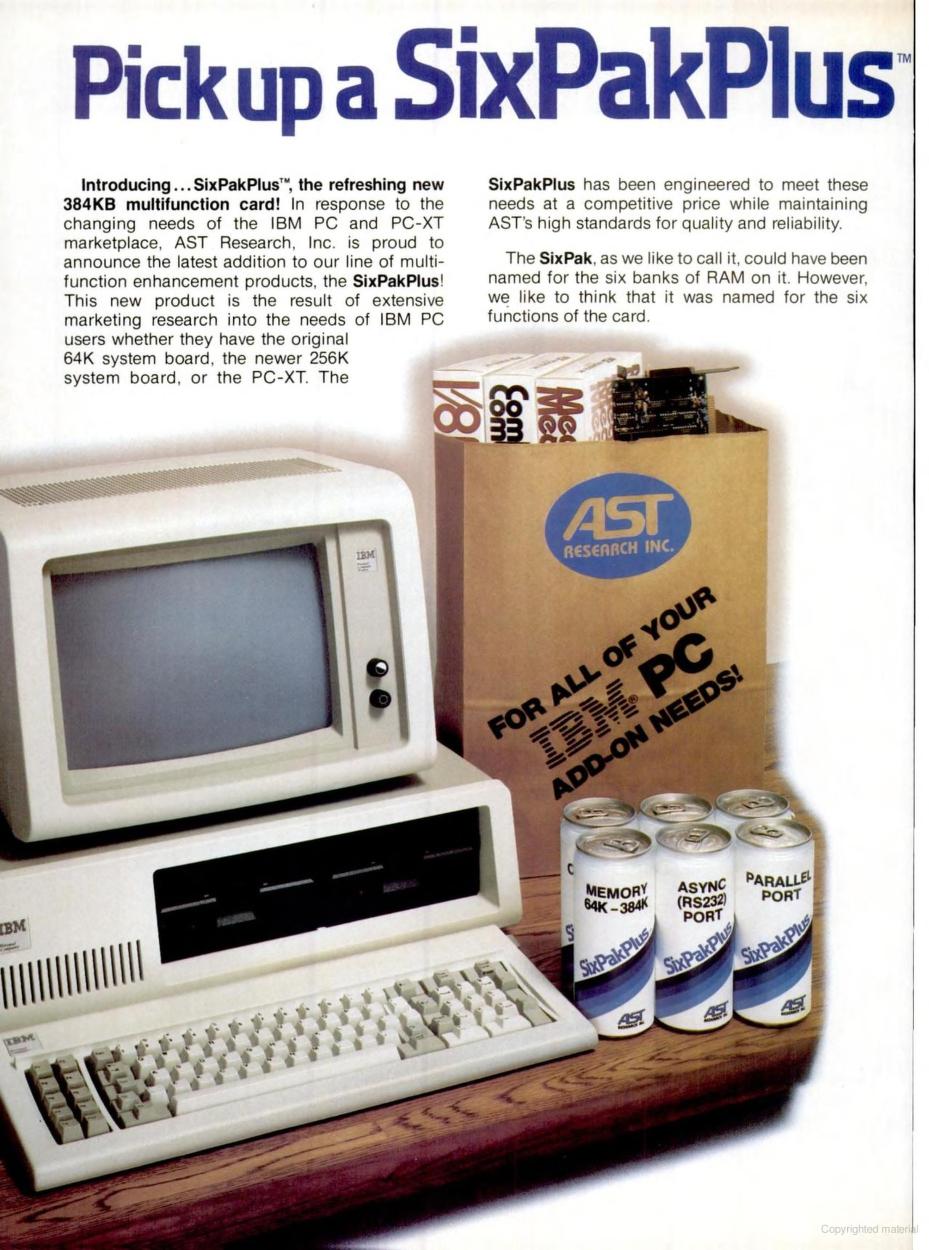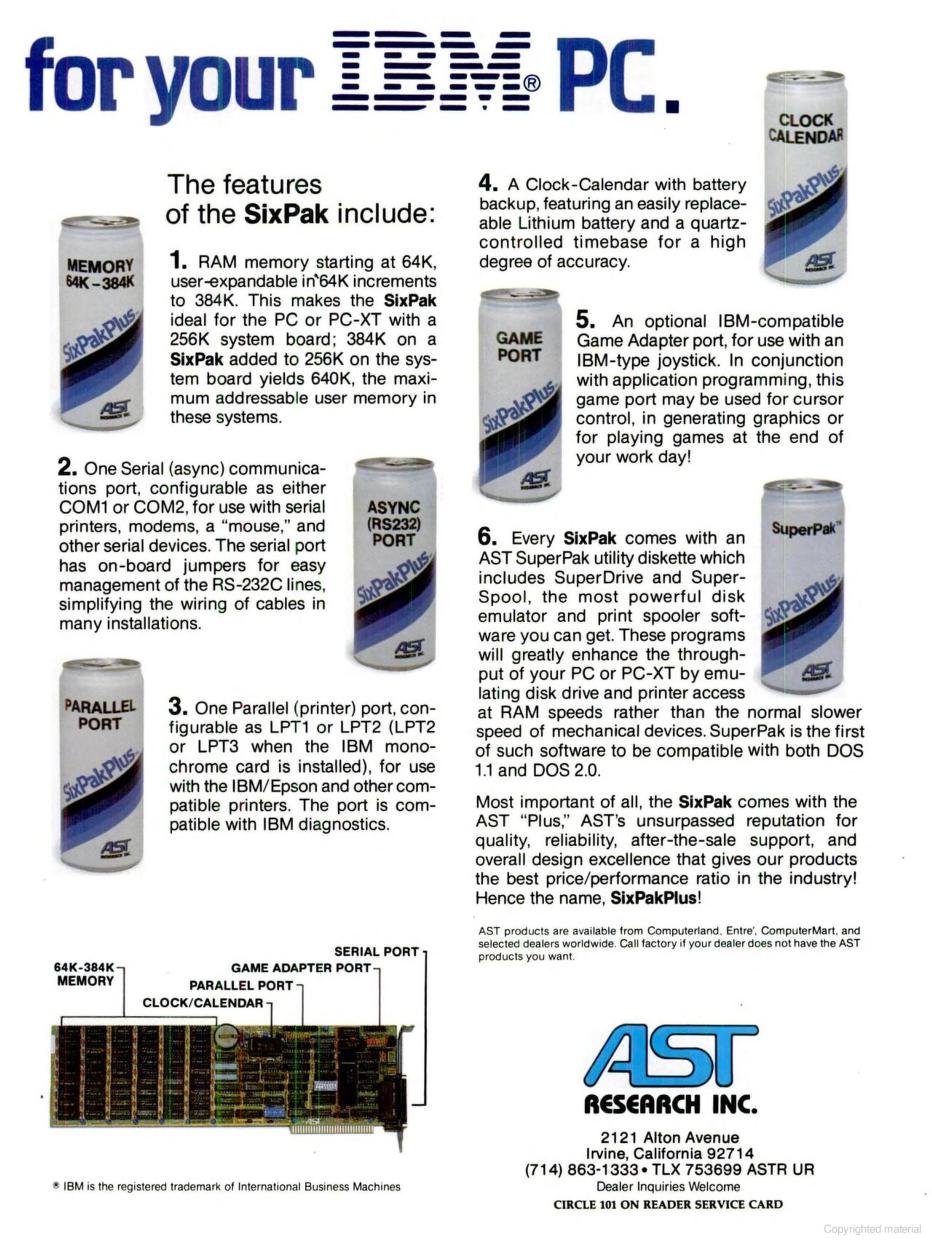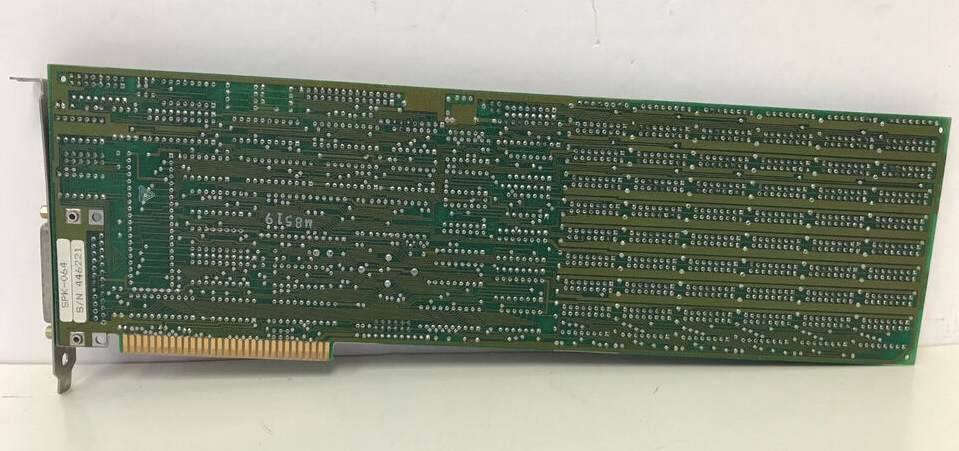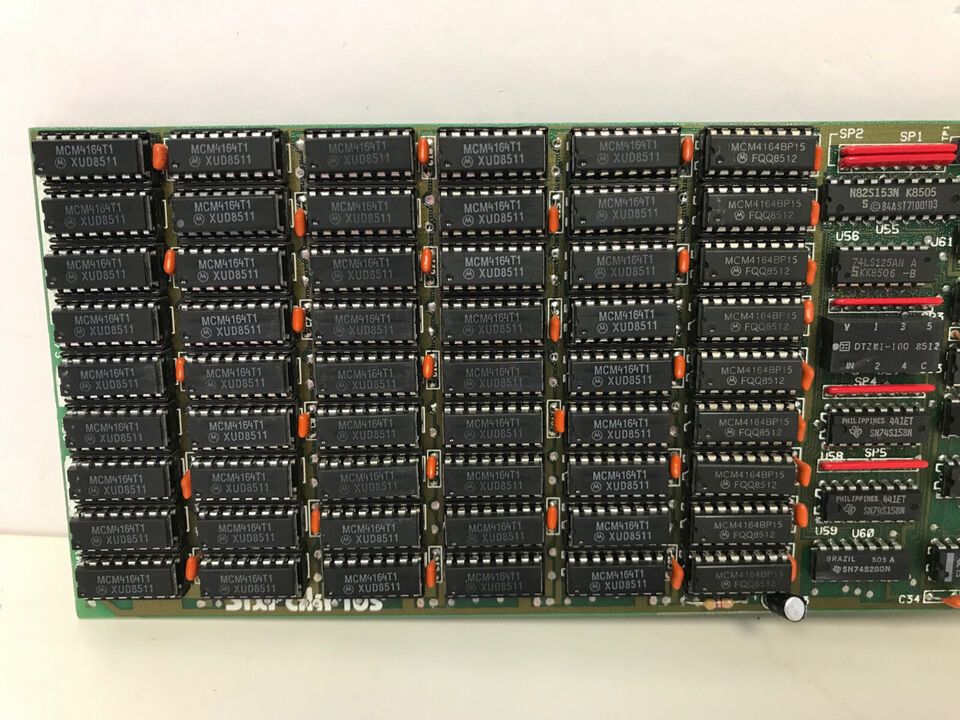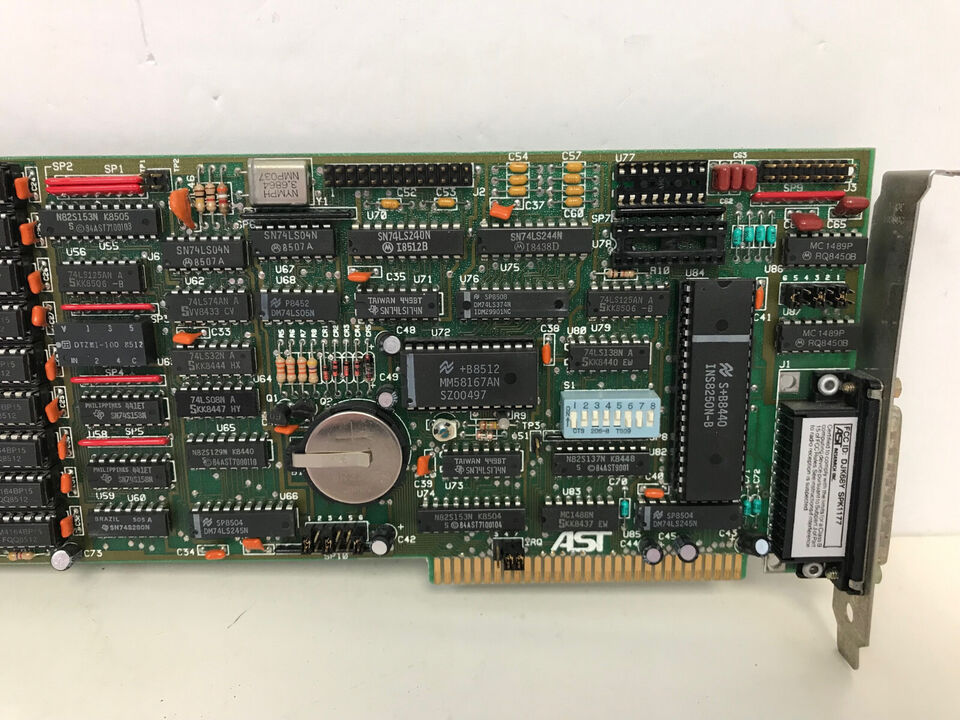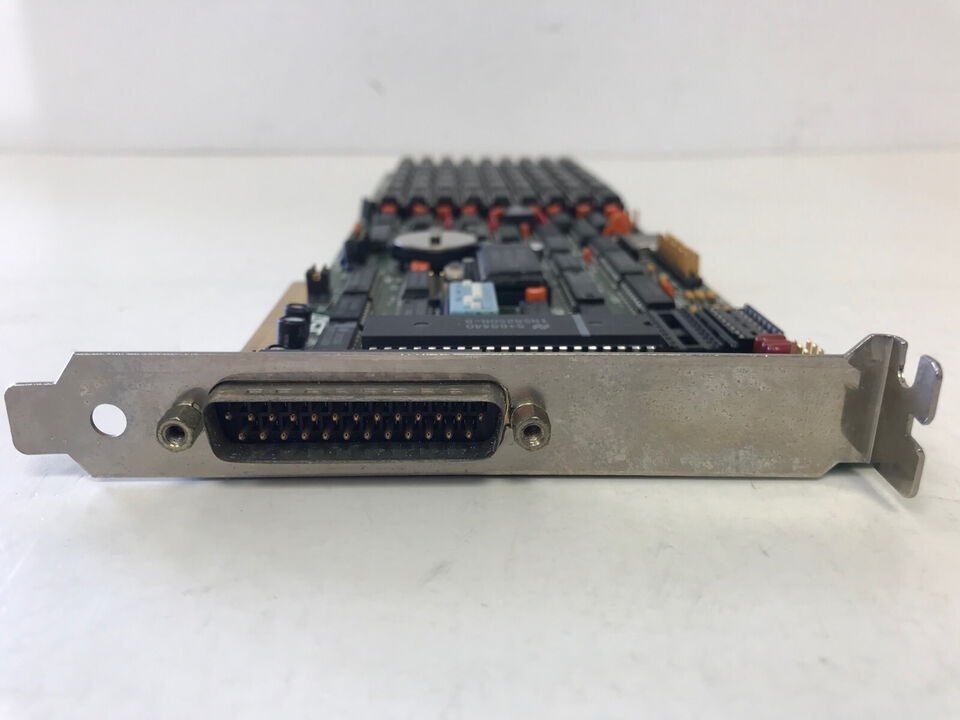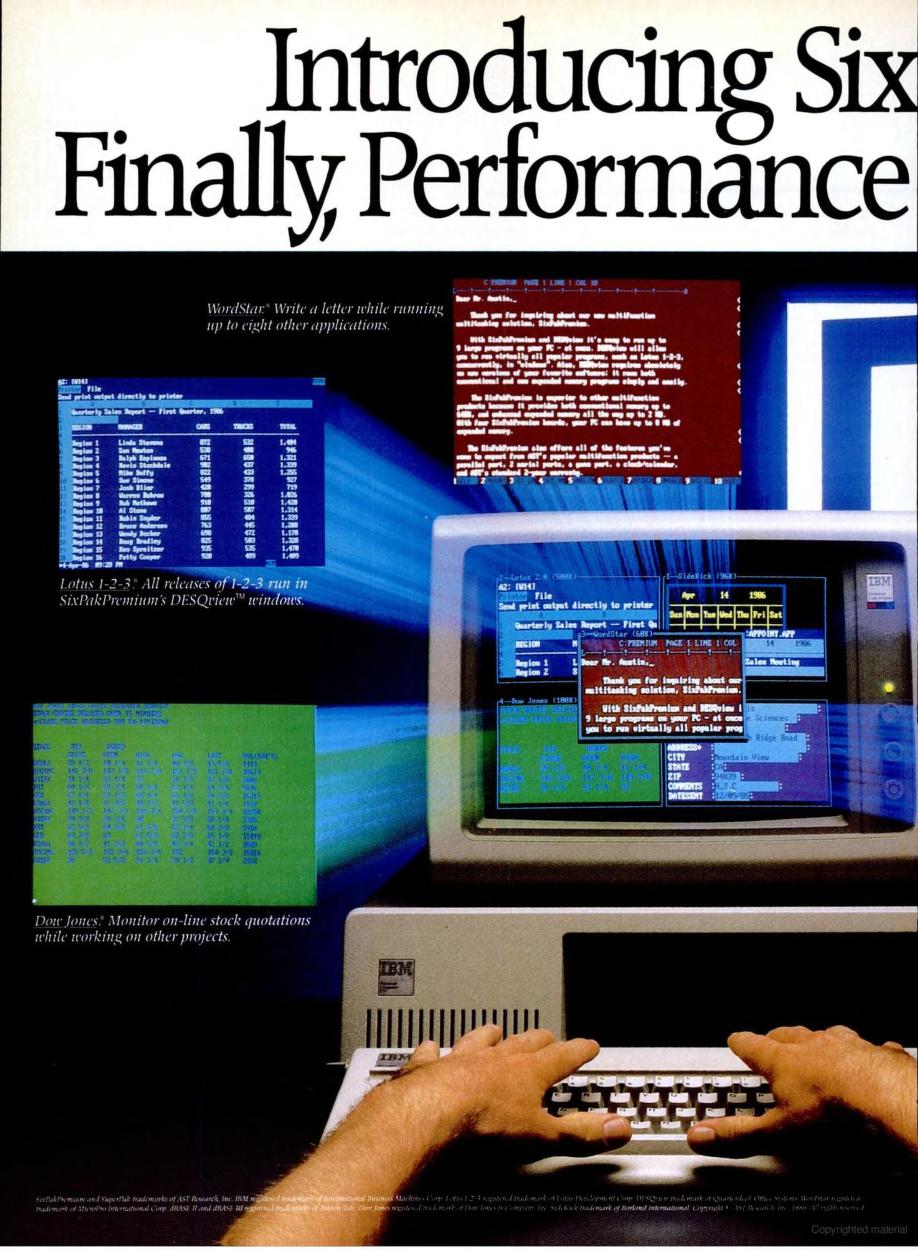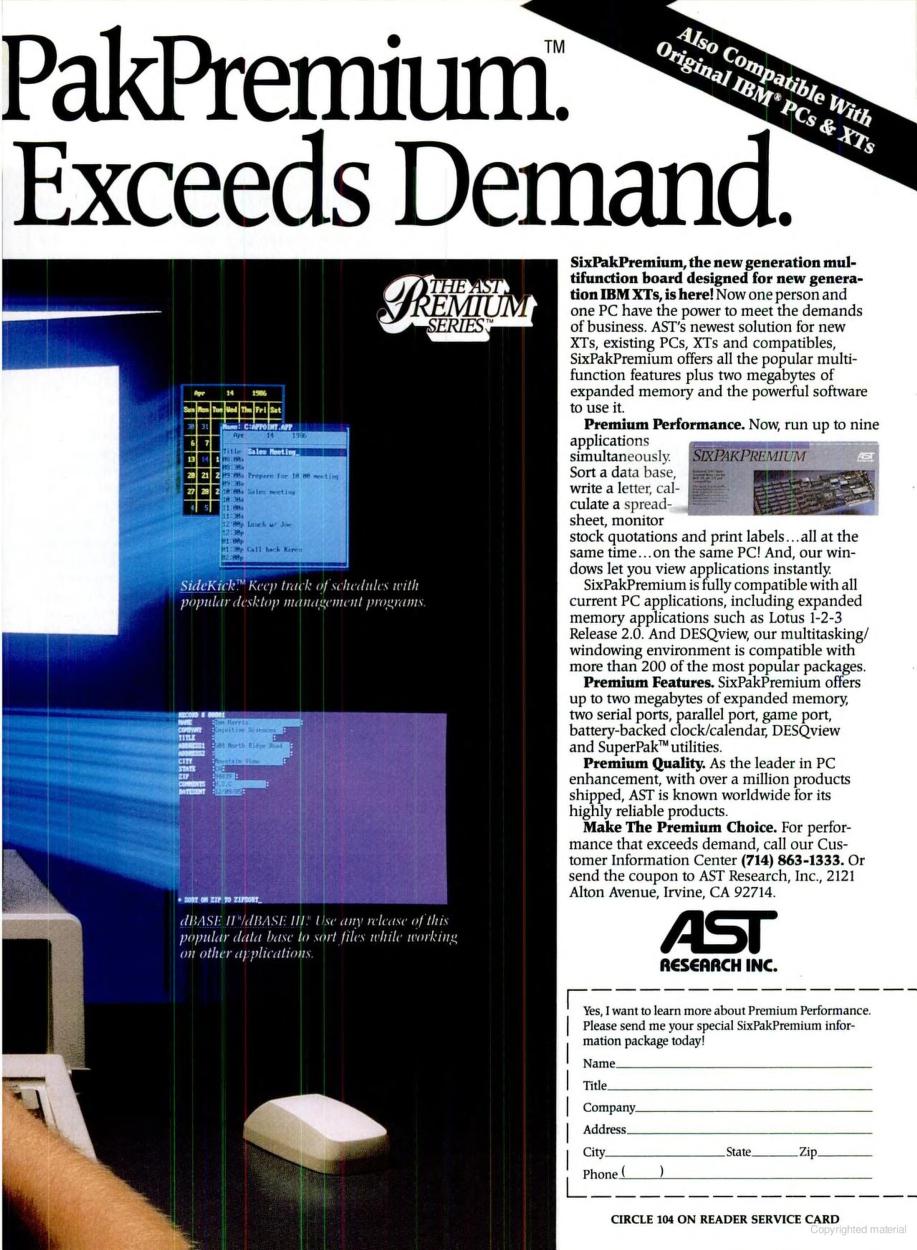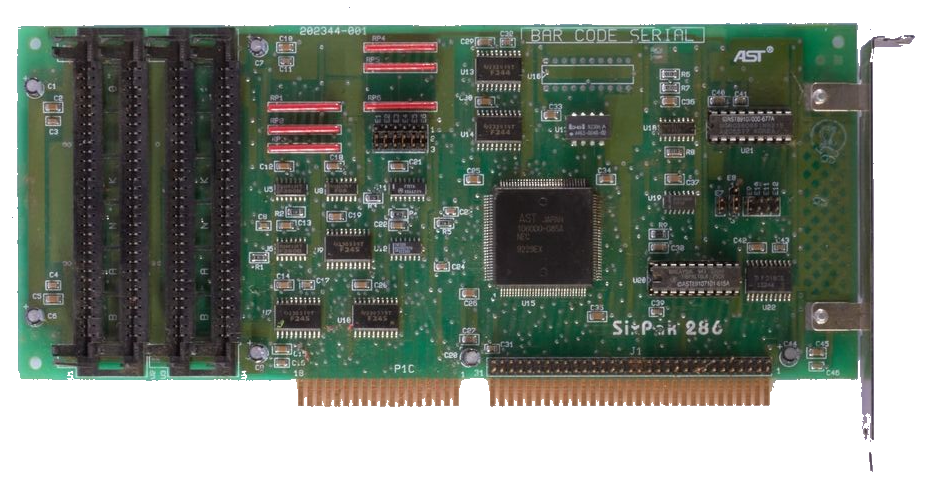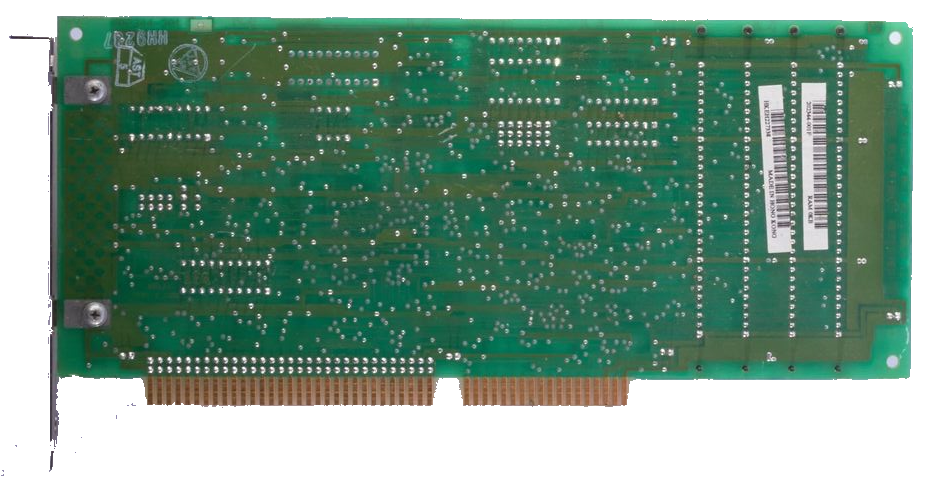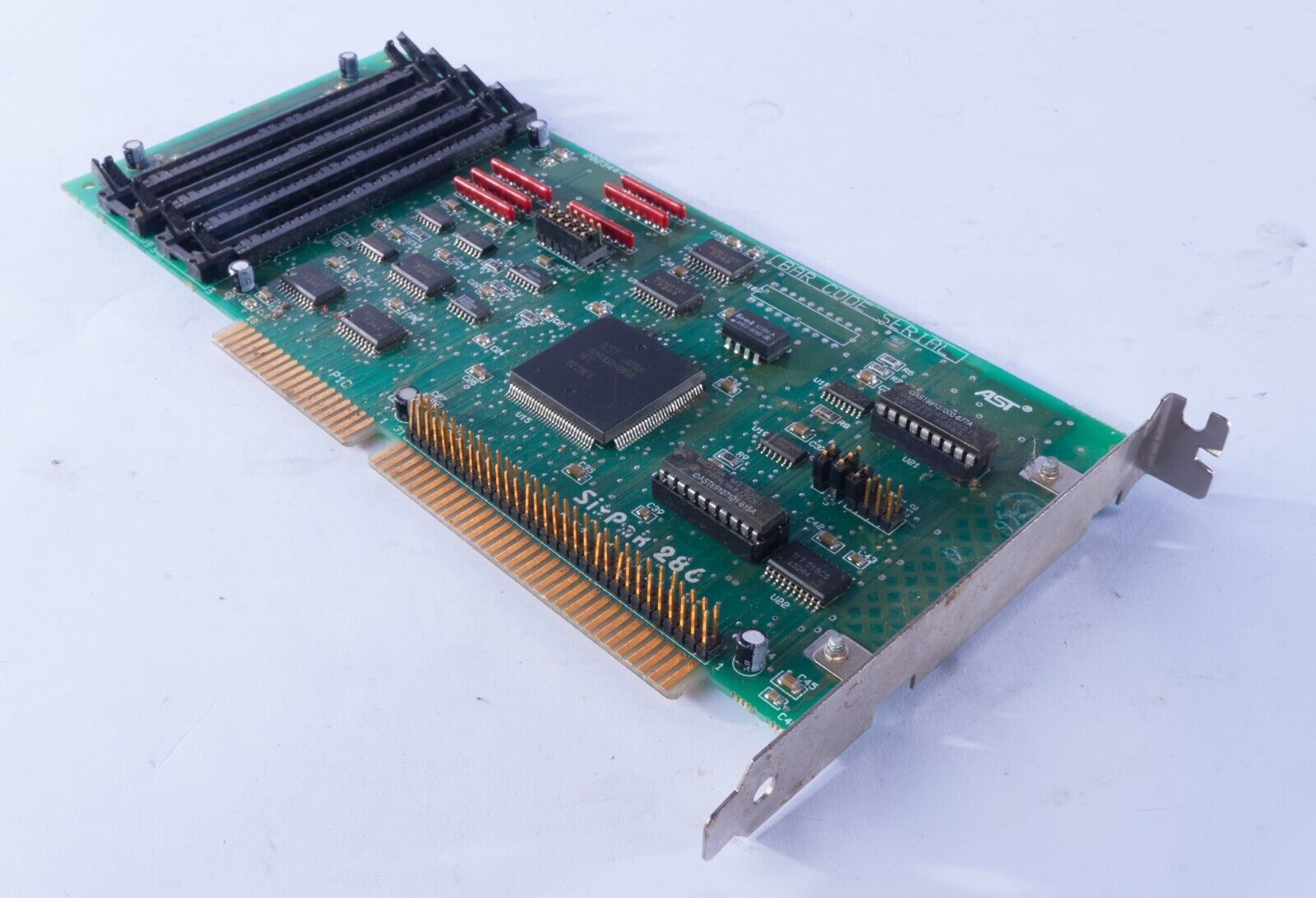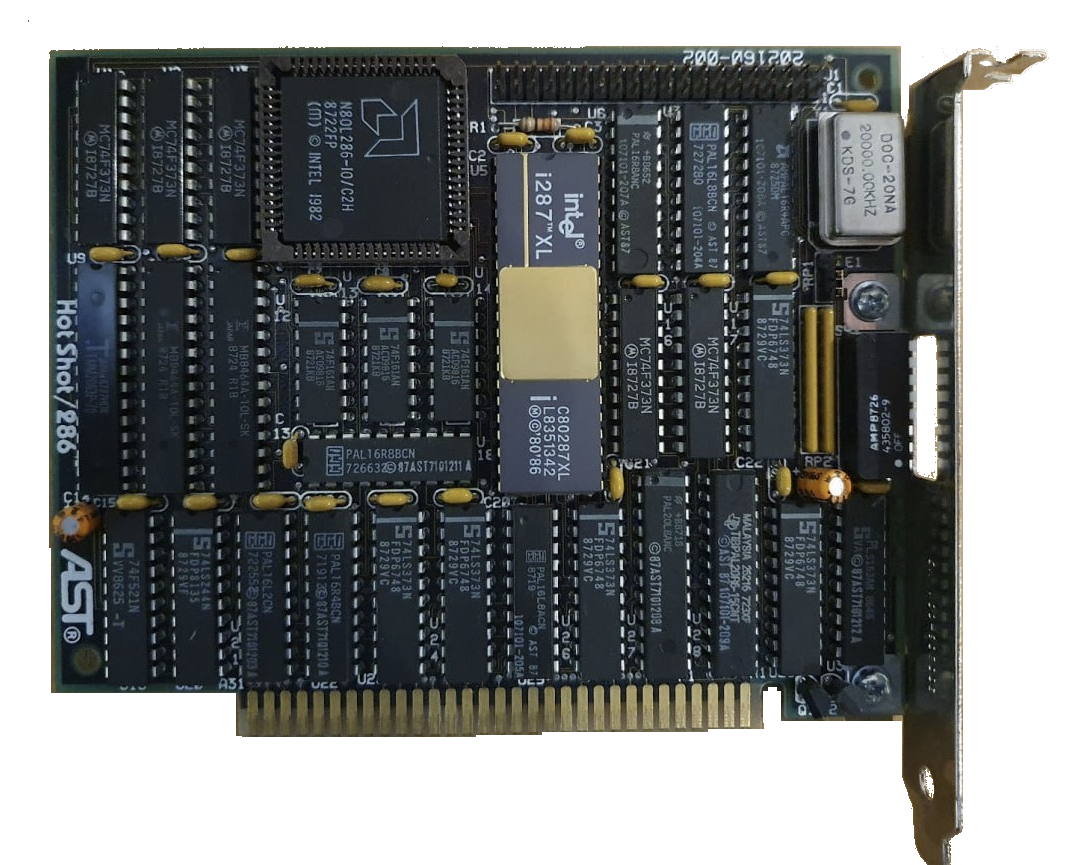 AST HotShot/286 AST HotShot/286
Introduced: 1987
Interface: 8-bit ISA
Cost When New: $645 (Nov 1987)
Part Number: 202160
Board Revisions: 202160-001, 202160-002
The HotShot/286 was a CPU upgrade board for the IBM PC or PC/XT computer. It contained an Intel 80286-10 CPU and cache memory. It also provided a socket for an 80287 math coprocessor.
The expansion card came with a ribbon cable which connected it to a small CPU daughtercard that plugged into the motherboard's CPU socket after you removed the original CPU from the motherboard and put it on this daughtercard instead.
A set of 8 DIP switches on the card's backplate could be used to define the areas of the 1 MB address space to be cached. A jumper, JP1, was used to set the default boot-up mode of the card (either 80286 mode or 8088/8086 mode).
Actual performance improvements were limited to the 80286 CPU being able to process instructions faster/more efficiently than the original CPU, though given that it was on an 8-bit expansion card, communication with the motherboard was still limited to the slower 8-bit speed. This is where the card's onboard cache came into play. By caching the memory, the card was able to counter what would otherwise seriously limit the performance gains of the card.
The card came with a drivers & utilities disk that included HOTSHOT.EXE to switch between the 8088 and 80286 CPU. One of the main reasons for this capability to switch between the original CPU and the HotShot/286's onboard 80286 CPU without the need for a reboot was to get around potential problems with old device drivers that didn't play well with the 286. The 80286 does
not allow an OUT instruction to be followed by another I/O
instruction unless the OUT is immediately followed by a JMP
SHORT $+2 instruction to introduce an I/O wait state. Many of
the 8088/86 device drivers were written before the 80286 was
introduced and do not contain correct 80286 coding technique, which may cause system hangs if running the system in 286 mode. If you come across any system hangs or other problems using such device drivers, run the HotShot/286 in 8088/8086 mode.
Cached Memory Settings for Base (0-640K):
SW1 SW2 SW3 Cached Area
--- --- --- --------------
OFF OFF OFF Cache Disabled *
ON ON OFF 0-256 KB
ON OFF ON 0-512 KB
ON ON ON 0-640 KB
* = Default Setting
Cached Memory Settings for Extended (640KB-1024KB):
SW4 SW5 SW6 SW7 Cached Area
--- --- --- --- ---------------
OFF OFF OFF OFF Cached Disabled *
ON OFF OFF OFF 0C0000-0CFFFFH
ON ON OFF OFF 0C4000-0D3FFFH
OFF ON OFF OFF 0C8000-0D7000H
OFF ON ON OFF 0CC000-0DBFFFH
OFF OFF ON OFF 0D0000-0DFFFFH
ON OFF ON OFF 0D4000-0E3FFFH
ON ON ON OFF 0D8000-0E7FFFH
ON ON ON ON 0DC000-0EBFFFH
OFF ON ON ON 0E0000-0EFFFFH
OFF OFF ON ON 0CC000-0EFFFFH
ON OFF ON ON 0A0000-0AFFFFH
ON OFF OFF ON 0A0000-0B7FFFH
ON ON OFF ON 0CC000-0DBFFFH and 0A0000-0AFFFFH
OFF ON OFF ON 0CC000-0DBFFFH and 0A0000-0B7FFFH
OFF OFF OFF ON 0D0000-0DFFFFH and 0A0000-0B7FFFH
* = Default Setting
More Images
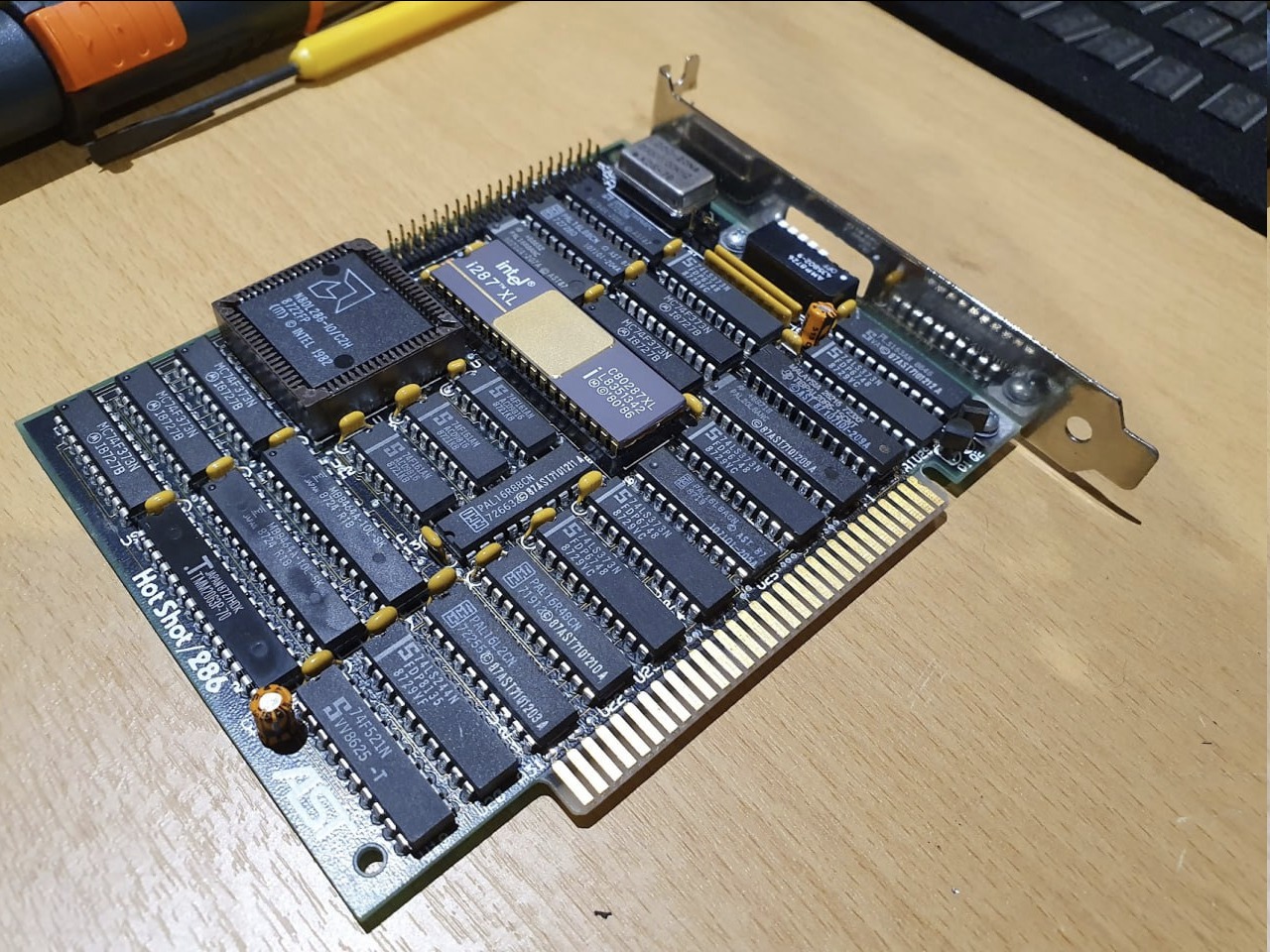
|
